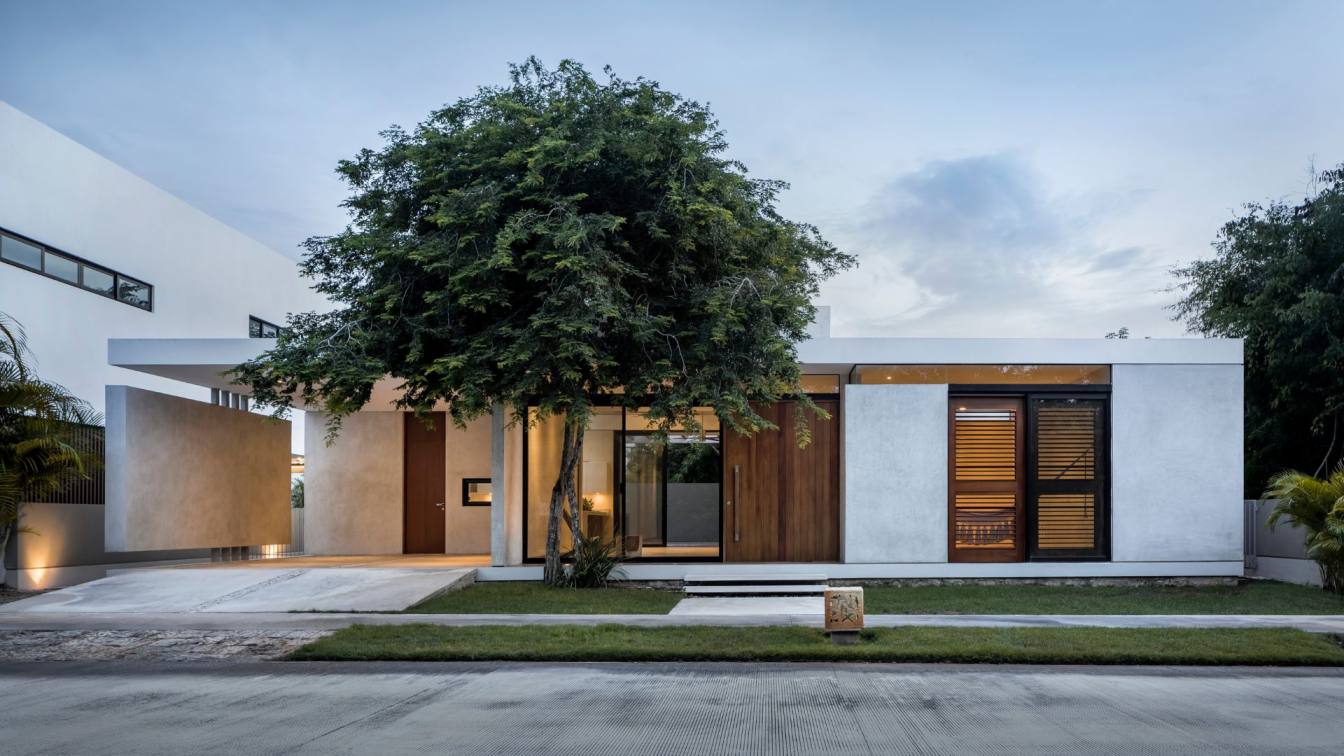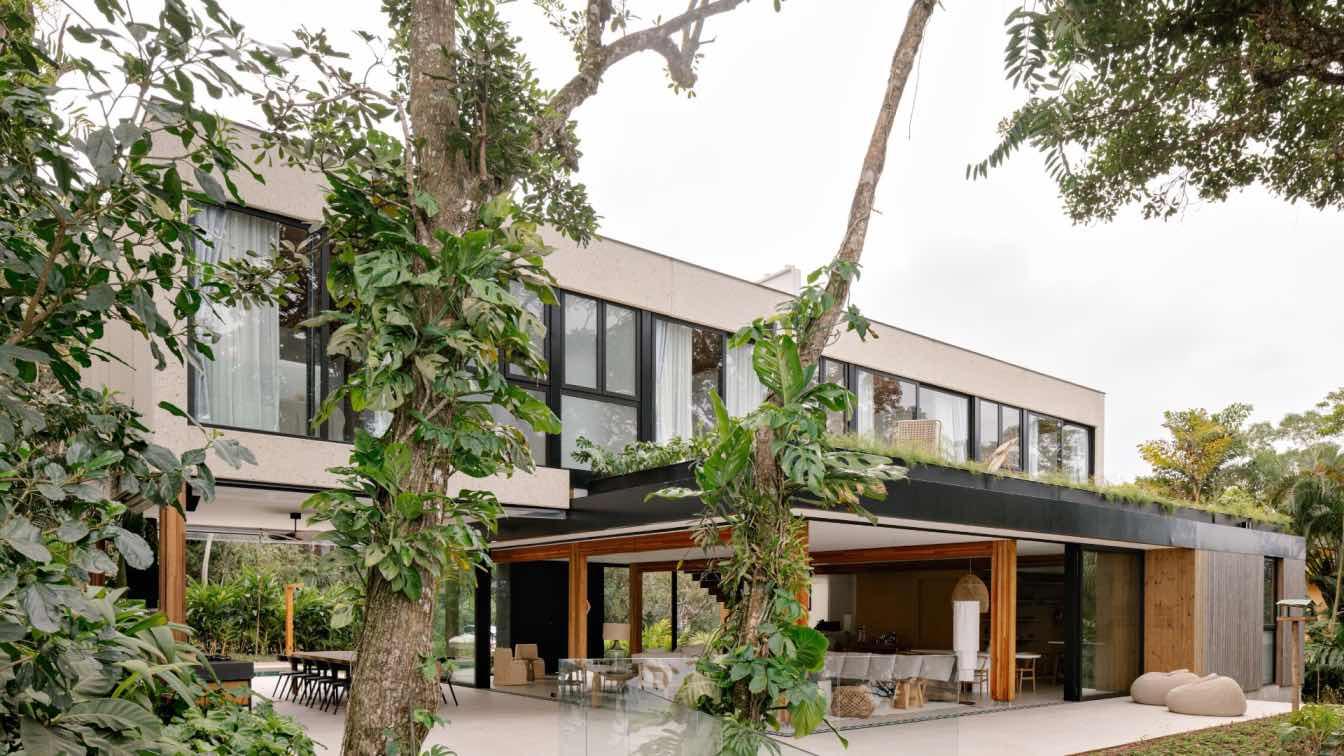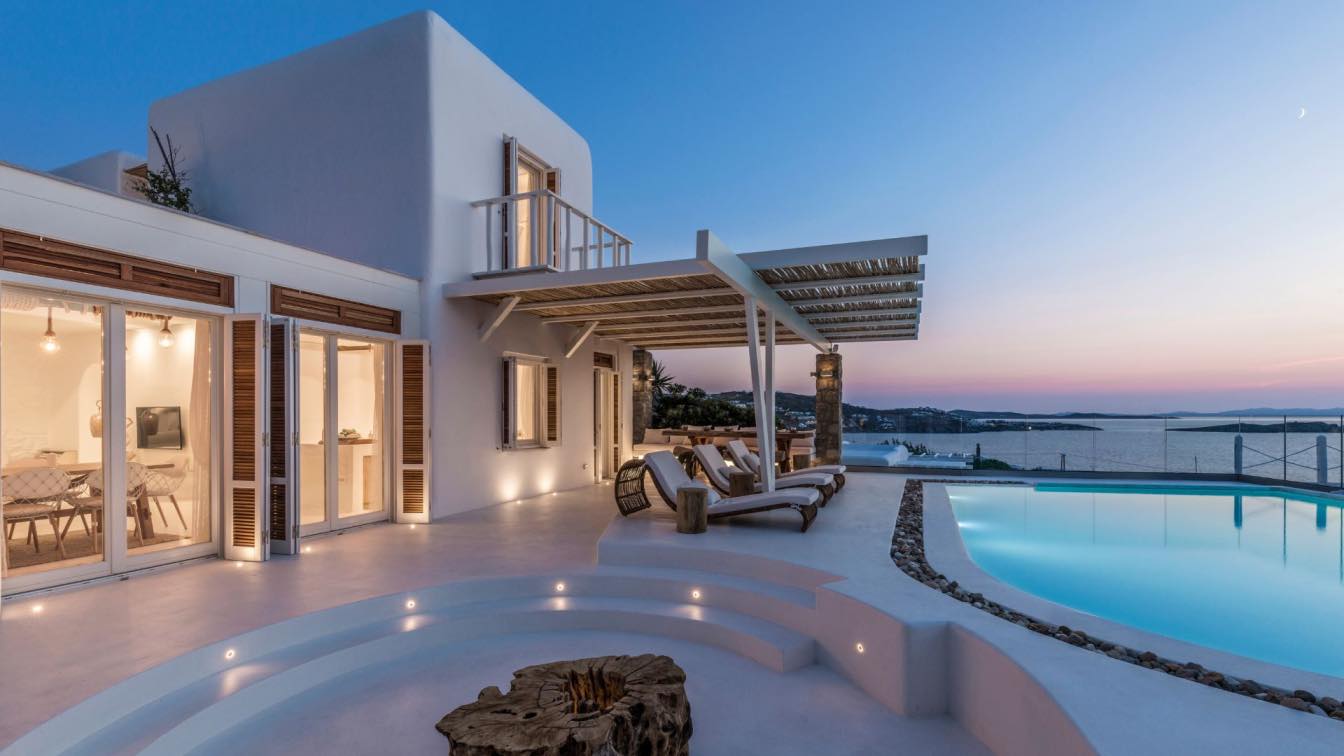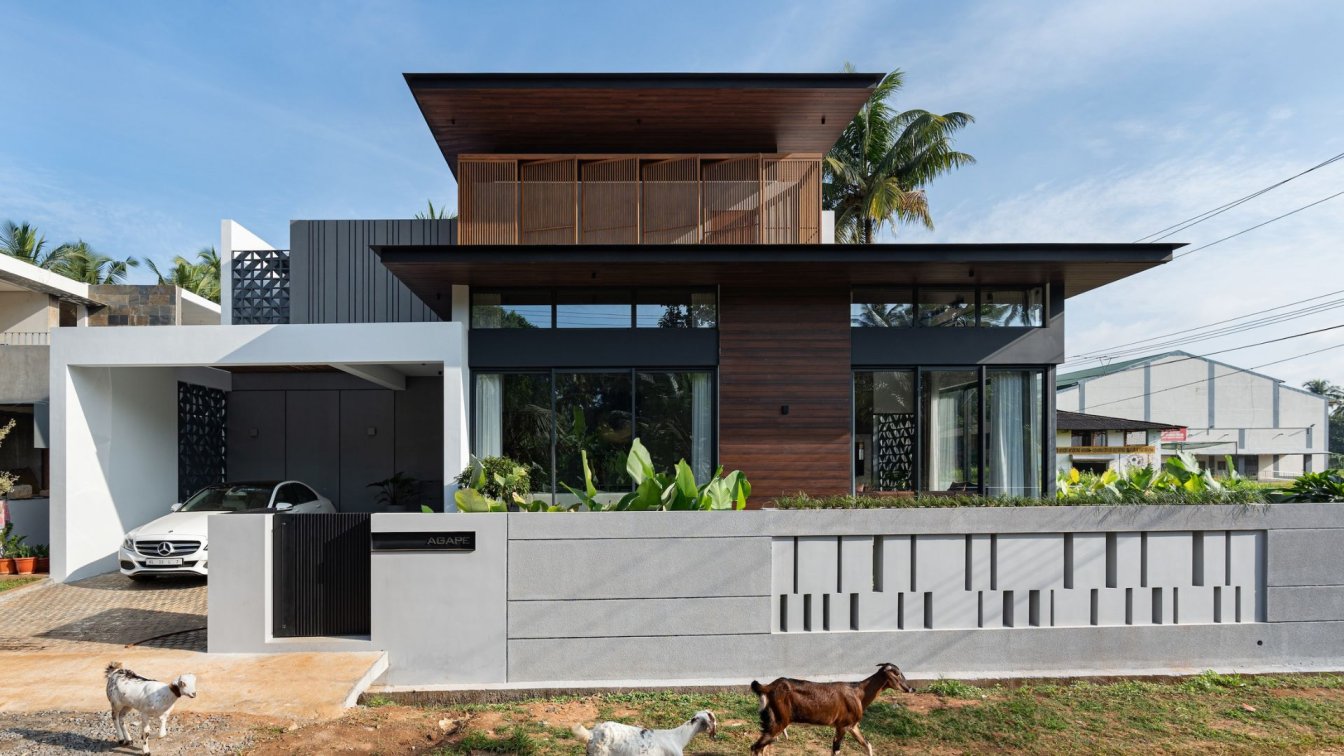Arista Cero: A leisure home designed in a single level to accommodate a retired couple and their guests. The house was built on a regular 20m x 20m lot located in a golf club in the city of Mérida. The architectural solution of a single level was an important decision that allowed to obtain an additional 10% of land occupation (COS) and take advantage of the native trees that already grew on the site. With the idea of compacting what was built and meeting the particular request to optimize the house for the user, a module of 17m x 14m was designed, forming a piece of 238 m².
The centre of the project is the dining room, which opens in the form of a cross to the living room, kitchen, study-guest bedroom and terrace and pool. We worked with the heights to differentiate the spaces of the program and to generate ventilation and natural lighting of all the spaces. The kitchen and dining room are connected by means of a structure of zapote wood that carries a slab at 4.5 m high, through which the hot air is able to exit and that allows natural light to enter.
The issue of materials was resolved with three finishes: grey porcelain was used for the floors throughout the house with tiles in a format of 120cm x 60cm to lose the division of the program in the house. The walls are bare polished cement for its low maintenance requirements. Tzalam wood was used for the details to contrast the other materials and to bring warmth to the spaces.
The shape is the result of what happens within the concrete volume, which lays on a stone base as if floating on the ground. A floating wall is used for the garage to break the volume of concrete and mark the horizontality of the slabs.



















